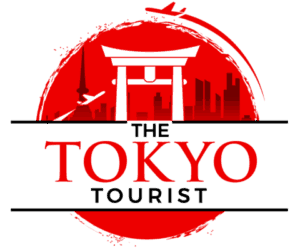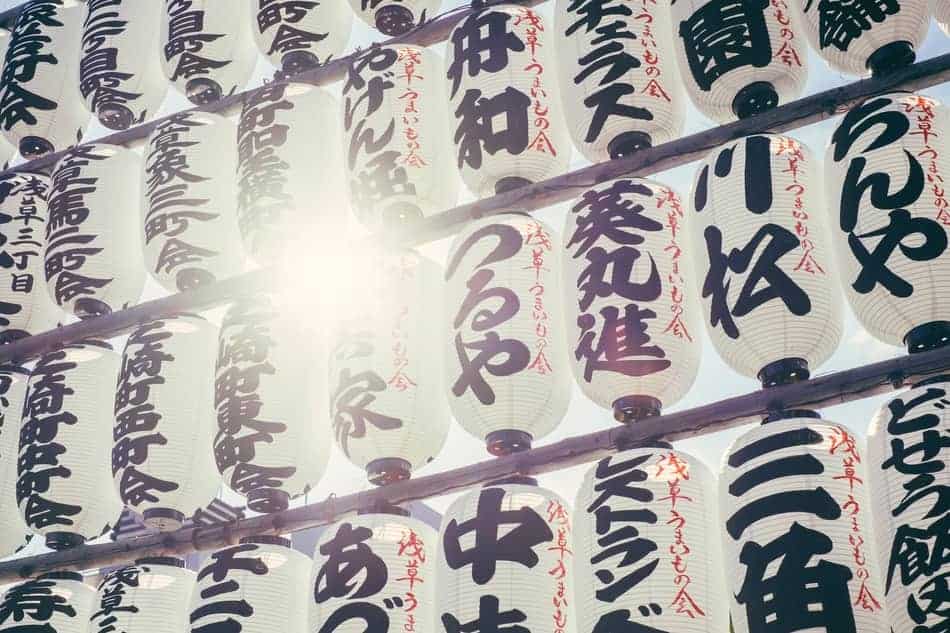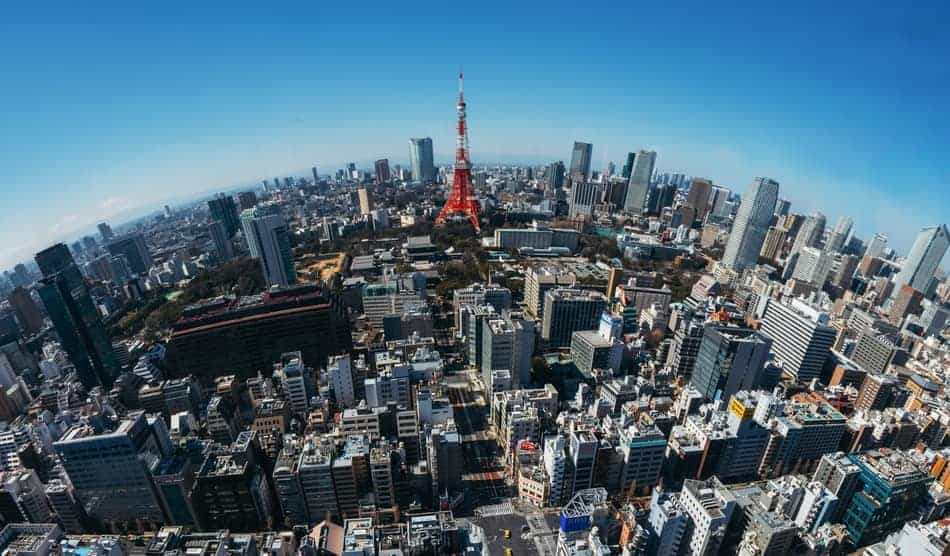Deprecated: mb_convert_encoding(): Handling HTML entities via mbstring is deprecated; use htmlspecialchars, htmlentities, or mb_encode_numericentity/mb_decode_numericentity instead in /home2/thetoky7/public_html/wp-content/themes/acabado/functions.php on line 2119
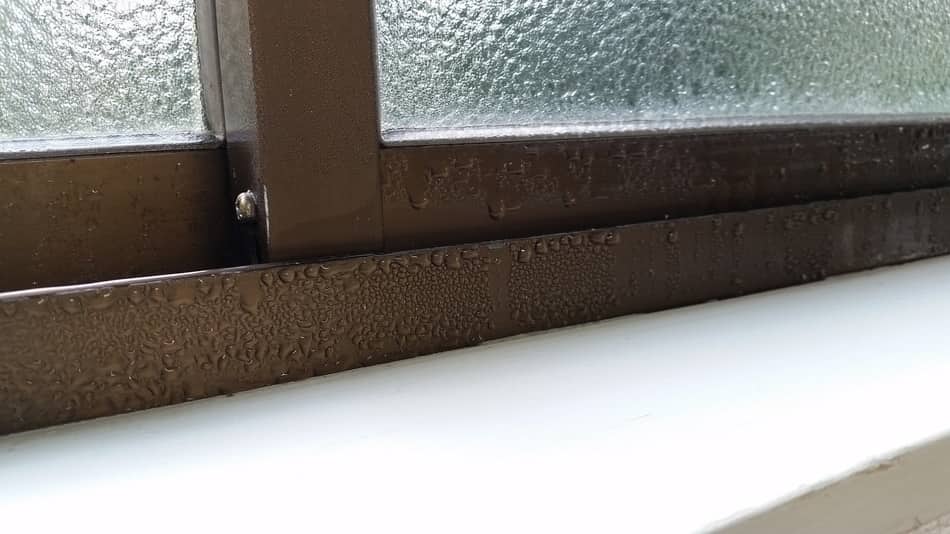
Do you find hot weather with high humidity unbearable? Are you so worried about the famous Tokyo humidity that you are in serious doubt if you even want to visit the city? Do not worry! There are ways to cope with the humidity. So, is Tokyo a very humid city or is it just a myth?
This is of course not a yes or no answer. The truth is that Tokyo can be very humid some months of the year, but does that mean every month is very humid? The months with the highest humidity are June, July, August, and September. The months with the lowest humidity are December, January, and February.
Why You Can’t Only Look At A Humidity Chart
It’s easy to find charts showing you the exact average humidity month by month but is this information adequate to help you find the most comfortable months to visit Tokyo? If you don’t care for very humid weather, the worst month to visit Tokyo is in July, right? It’s clearly the month with the highest humidity. I’m afraid it’s a bit more complicated than that. Just watch this.
From highest to lowest relative humidity:
- July, 76%
- June, August, September, 73%
- October, 67%
- May, 66%
- April, 63%
- November, 61%
- March, 56%
- December, 54%
- February, 52%
- January, 50%
Lower Humidity Isn’t Always Better!
From the chart above it seems quite clear that July is the most humid of all the months, right? Well, it is, but it doesn’t actually feel like it. And what’s important is what it feels like, and not an arbitrary number on a paper. I don’t want to bog you down with all the tedious details, but let me give you a little crash course in relative humidity vs. dew point temperature and why it is important. If you’re not that interested in the weather, feel free to skip down to The Best Month To Travel To Tokyo, Japan,
Relative humidity despite its name is not a good measure of how humid it is outside. Rather dew point is a much more accurate representation of how humid most people would describe it feels outside. The big difference between the two is how much moisture the air can hold. When the temperature is 55°F (13°C) the relative the amount of moisture, the air can hold – the relative humidity – is much smaller than the amount of moisture/water vapor the air mass at 95°F (35°C) can hold. So a relative humidity at 55°F (13°C) at 50% relative humidity is a much smaller amount of water vapor or moisture in the air than a 50% relative humidity at 95°F (35°C). Even though the relative humidity is the same, it’s considerably more moisture when the temperature is 95°F (35°C).
So when you look at the measure of how much moisture we’re talking about, dew point is the value we should refer to. A 37°F (3°C) dew point is what you get with a temperature of 55°F (13°C) and a relative humidity of 50%, while the dew point gets up to 74°F (23°C) by the time your temperature is 95°F (35°C) with a 50% relative humidity. So to be clear:
A 50% relative humidity at 95°F (35°C) feels much more humid than even 100% relative humidity at 55°F (13°C). This is why relative humidity alone will not give you the full picture. When you’re planning your trip to Tokyo, you might want to look at this chart first. And keep in mind that how the climate feels on the body is of course individual, but this chart is a good rule of thumb.
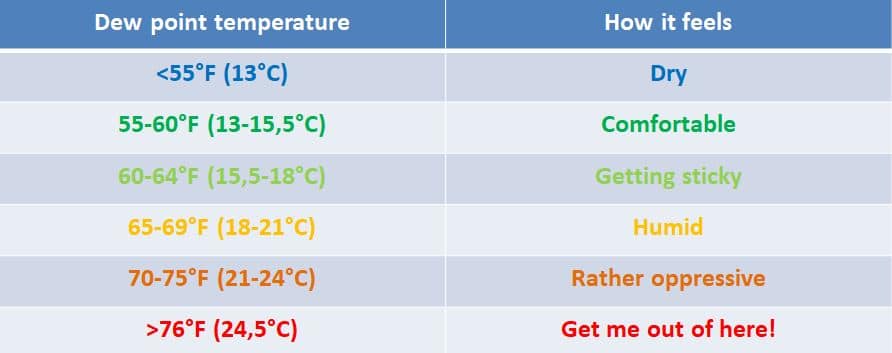
The Best Month To Travel To Tokyo, Japan
We already know when the relative humidity is at its highest (July), but as we just learned relative humidity isn’t the best measure of how humid it actually feels. So how does the average dew point look month by month?
Average dew point by month
- January: 25°F (-3.9°C)
- February: 26.5°F (-3.1°C)
- March: 32.4°F (0.2°C)
- April: 44.9°F (7.2°C)
- May: 53.8°F (12.1°C)
- June: 62°F (16.7°C)
- July: 69.2°F (20.7°C)
- August: 71.3°F (21.8°C)
- September: 64.6°F (18.1°C)
- October: 52.5°F (11.4°C)
- November: 41.5°F (5.3°C)
- December: 30.7°F (-0.7°C)
Although the relative humidity is higher in July than in August (76% vs. 73%), August feels even more humid because it’s generally hotter and that leads to the airmass being able to hold more vapor and thus August is the most intense month in Tokyo when it comes to how humid it feels.
What the best month to travel to Tokyo depends on many factors:
- How well do you tolerate humid weather
- How hot you want it
- The number of sun hours
- Are you willing to risk rain
In this post, I’m trying to give you some information that will help you plan a trip suited your preferences when it comes to the real feel humidity. If you prefer a more arid climate, my advice would be to stay clear of, in ranked order, August, July, and September. If you still like warm weather I would advise you to look into planning I trip in either June or end of September/October.
How Does Humidity Effect You?
If you’re from a fairly dry place and haven’t yet been to a region with high humidity, you might not know how high humidity affects the body. A long story short, the human body uses something called evaporative cooling to get rid of excess heat (waste heat) and regulate the temperature. You sweat it evaporates, you cool. Easy. But when the air around your skin is humid, the evaporation process slows down, and the body experiences greater distress. This may lead to among others:
- Elevated Breathing
- Excessive Sweating
- Nausea
- Dizziness
- Headaches
How To Cope Outdoors In Humid Weather
Here are some tips that might make the humid weather a bit more bearable.
- Drink lots of water. It’s critical not to get dehydrated. If you’re going out for a period, bring a couple of bottles of water. If you have access to a freezer, you can freeze half a bottle of water and fill it up before you go out. That way it stays cool for longer. I use a thermo bottle which I really love who keeps the water cold for many hours. Check it out here.
- Not sure if you can drink the tap water in Tokyo? Read all about it here.
- Seek out the shade. If you have to move about for long periods of time in the direct sunlight, remember to do it at a slow tempo.
- Don’t do strenuous exercise outside. The humidity will cause the evaporation process to slow down, and it may lead to overheating.
- Eat ice cream! Everybody loves ice cream, and now you have the perfect excuse to eat lots of it.
Perfect Activities To Do In Tokyo In Warm And Humid Weather
- Go to a public swimming pool. What’s better than to chill in a pool when you are starting to overheat? There are many to choose from. I recommend Tokyo Tatsumi International Swimming Center in Kōtō because it’s very roomie. Make sure you’re going on a day open for the public. Admission is 600 yen for adults and 260 yen for children. (While you are in Kōtō be sure to check out Tokyo Big Sight!)
- Go to a museum. Why not enjoy the sweet AC inside, when it’s boiling outside? Tokyo National Museum is my favorite. It contains 87 national treasures and 633 important cultural assets. With five facilities, each one themed, you can easily spend a day here.
- Go shopping in a huge shopping center. If you want to have all your shopping needs satisfied as well as a great view of the city, then check out Roppongi Hills. The Indoor Observation Deck is 250 meters above sea level, and the Sky Deck outdoor observation deck 270 meters above sea level. Tickets are 1 800 yen for adults and 600 yen for children (4+).
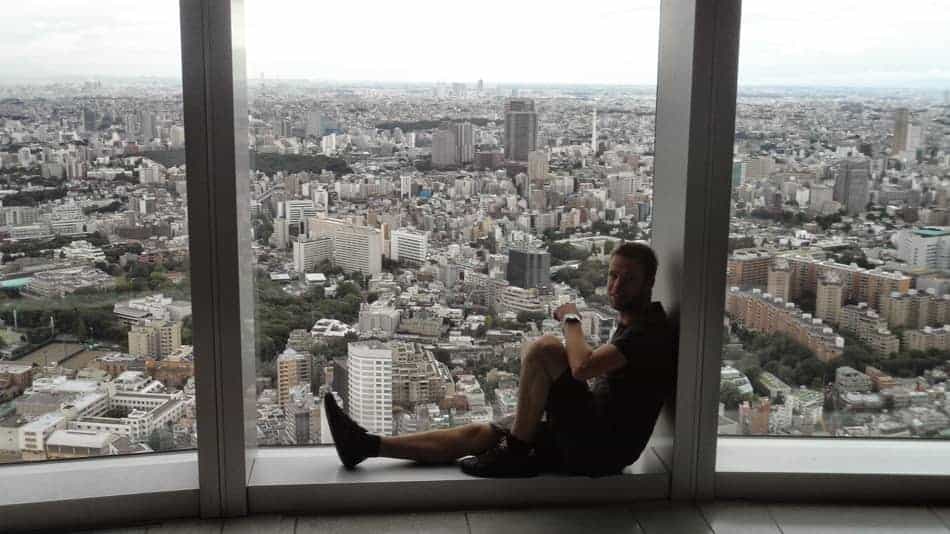
How Humid Is Tokyo compared to other cities?
Tokyo is known for its humidity but is the famous Tokyo humidity exaggerated? Let’s have a quick look at the humidity in some other big cities.
Tokyo
Average relative humidity: 63.7%
Average dew point: 47.9°F (8.8°C)
Worst month, relative humidity: July, 76%
Worst month, dew point: August, 71.3°F (21.8°C)
New York
Average relative humidity: 58.3%
Average dew point: 40.7°F (4,81°C)
Worst month, relative humidity: January, 61%
Worst month, dew point: August, 60.7°F (16°C)
Miami
Average relative humidity: 60.6%
Average dew point: 61.3°F (16.3°C)
Worst month, relative humidity: September, 66%
Worst month, dew point: September, 69.4°F (20.8°C)
Los Angeles
Average relative humidity: 52.4%
Average dew point: 45.2°F (7.3°C)
Worst month, relative humidity: June, 60%
Worst month, dew point: September, 54.6°F (12.5°C)
Paris
Average relative humidity: 78.1%
Average dew point: 46°F (7.8°C)
Worst month, relative humidity: November, December, January, 89%
Worst month, dew point: September, 57.9°F (14.4°C)
London
Average relative humidity: 79.6%
Average dew point: 44.5°F (7°C)
Worst month, relative humidity: December, 89%
Worst month, dew point: September, 54.6°F (12.5°C)
Sydney
Average relative humidity: 61.3%
Average dew point: 51.1°F (10.6°C)
Worst month, relative humidity: February, 66%
Worst month, dew point: September, 60.9°F (16.1°C)
Melbourne
Average relative humidity: 55.8%
Average dew point: 43.9°F (6.6°C)
Worst month, relative humidity: June, 67%
Worst month, dew point: September, 50.5°F (10.3°C)
As you can see, the difference between Tokyo and these other major cities in Europe, America and Australia is first and foremost August with its high dew point of 71.3°F (21.8°C). But how does Tokyo compare to other cities in Asia?
Singapore
Average relative humidity: 80.4%
Average dew point: 73.5°F (23.1°C)
Worst month, relative humidity: November, December, January, 82%
Worst month, dew point: May, 75.1°F (23.9°C)
Bangkok
Average relative humidity: 79.9%
Average dew point: 75.2°F (24°C)
Worst month, relative humidity: September, October, 85%
Worst month, dew point: May, 77.7°F (25.4°C)
Shanghai
Average relative humidity: 80.3%
Average dew point: 54.4°F (12.4°C)
Worst month, relative humidity: June, July, August, 84%
Worst month, dew point: May,76.7°F (24.8°C)
Conclusion
Compared to most large cities in Europe, America, and Australia, Tokyo may feel like it’s very humid during the summer months. Although if you’ve been to other countries in South-East Asia, you’ve probably been to cities with substantially more intense-feeling humidity. So is the famous Tokyo humidity a myth? Yes! Compared to other cities in that vicinity of the world, Tokyo is just average. If you’ve been to Asia before and handled it OK, there’s no reason to be worried about the humidity in Tokyo. Although you might want to stay clear of July and August if you prefer a more arid climate!
